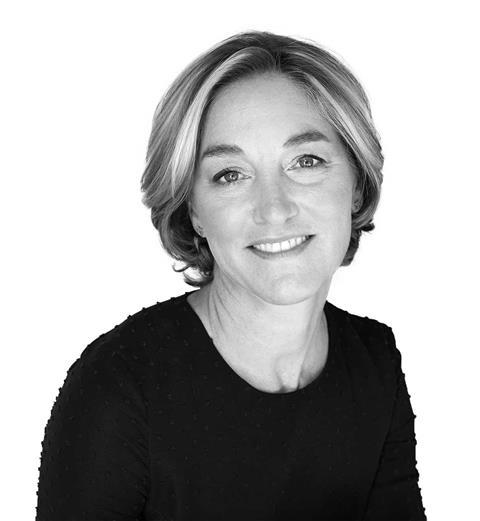Improving equality, diversity and inclusion requires more than words and policies. Personal support and offers of help are every bit as important, says Sadie Morgan
In the 25 years since my fellow directors and I founded our practice, the position of women architects has changed. It did not happen quickly but, with the help of dedicated awards campaigns, media-facing programmes and continued advocacy, the image of the female architect is being elevated – and moving towards its rightful position.

As a result, 2020 was the first year in which the number of women architects registered with the ARB equalled the number of men; Yvonne Farrell and Shelley McNamara, co-founders of Grafton Architects, joined the prestigious Pritzker Architecture Prize roster; and the youngest team to be chosen to design the Serpentine Pavilion in London was Counterspace, an all-female practice.
There are still huge strides to be made: women still fall prey to the industry’s gender pay gap, and there is work to be done to amplify the number of female architects in high-level positions. But the surge of awareness around gender inequality in architecture has been effective in many ways.
Without minimising the setbacks that women architects still face, this progression is important to acknowledge. Not least as a precedent to other problems of diversity within the profession.
In 2013, around the same time that awards recognising female architects were beginning to be launched in the UK, the Black Lives Matter movement began. Yet, with the tragic killing of George Floyd in 2020, its magnitude and urgency has grown, touching every corner of society.
It has been just over a year since the world reacted to that brutal episode, and in architecture some things have also started to change. Advocacy for representation has intensified, fuelling the fight for reform within a profession that is historically (and still) overwhelmingly white.
There are still behaviours that, as a profession, we have to be aware of and vigilant against
Local authorities have been called out for not ensuring diversity on their framework selections; RIBA announced Marsha Ramroop as its head of diversity; panel discussions, talks, opinion pieces, committees and general discourse is beginning to include more diverse voices. All these changes are steps towards deconstructing an enduring environment of exclusion.
Still, there are behaviours that as a profession we have to be aware of and vigilant against. While the increase of formal requirements of EDI (equality, diversity and inclusion) strategies in practice is positive, similarly as with advocacy for gender equality, blanket policies and targets should not supersede or placate the individual needs of anyone who forms part of a minority group.
I have always hoped that whichever role or job I was picked for was based on my talent and not my gender. But, equally, I never complained if there was a little more bias towards me. My attitude has always been to convert that bias into an opportunity for good – a chance to work hard and, where possible, advocate for other female architects.
Is this the same for a young black man or woman? Are they just happy to be getting a break at last? It boils down to the individual.
People belonging to minority groups – whether tied to their gender, race, religion or sexual orientation – are all unique. Their lived experiences are nuanced and potentially filled with invisible inequalities that cannot always be wholly addressed by inclusivity drivers. So much so that Ramroop advocates for the removal of the term “BAME” in favour of increased specificity around which groups people identify with.
Support on an individual and case-by-case basis is as important as higher-level reform
As we acknowledge and commend the political changes that are being made to address the lack of diversity, we must remember to treat people as individuals. Support on an individual and case-by-case basis is as important as higher-level reform – and both are vital to systematic change.
This means that, aside from practices being able to meet EDI targets for formal requirements such as work winning, they also need to promote and enact real changes within their teams. What that looks like is listening and learning directly from the people who have been affected by racism, sexism, ageism or any other form of prejudice. It also means fostering a universal culture of support and offering help to anyone who does not have the agency to call out injustices in their own scenarios of discrimination.
Most importantly, it means being receptive to the insight, skills and knowledge that minority group members can bring to the table because of their individuality, and not just their backgrounds.
When fighting for systemic change, every version of advocacy has its place – from glossy headlines to grassroots activism. What we must ensure is that the development of empowerment happens not just in the big, cataclysmic events of the world, but also in the quiet moments where one conversation, gesture or experience could meaningfully change the trajectory of a person’s future.
Sadie Morgan is a co-founding director of dRMM, chair of the Quality of Life Foundation and a design advocate for the GLA


























No comments yet